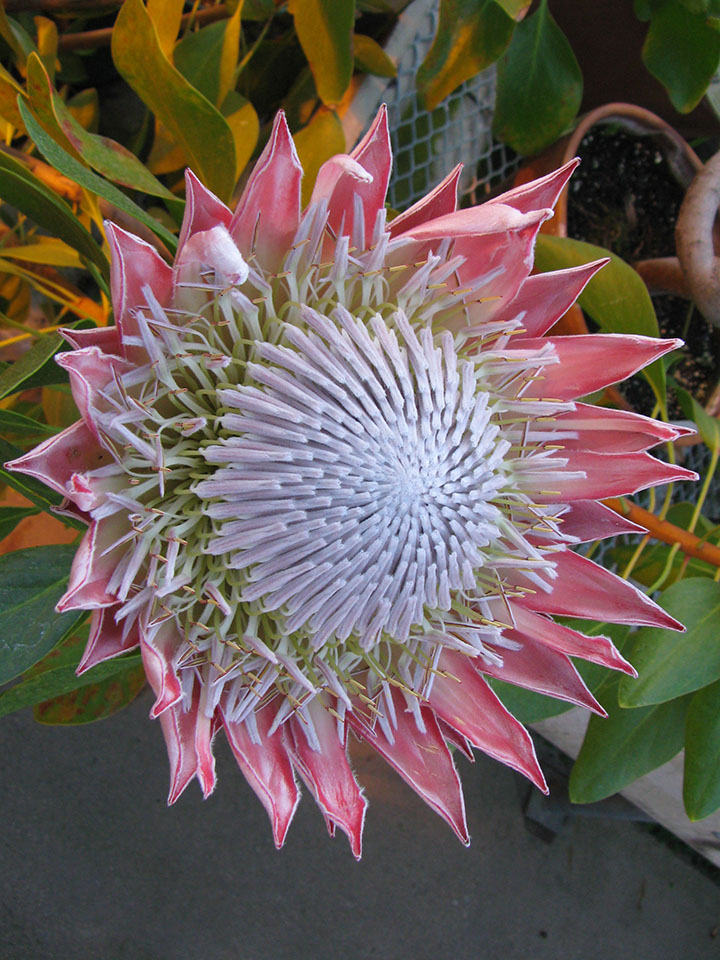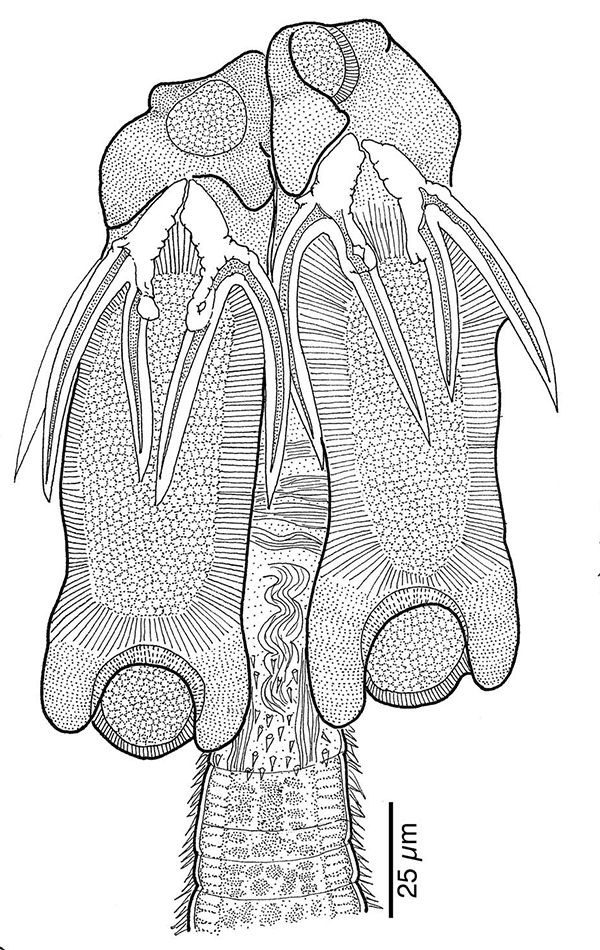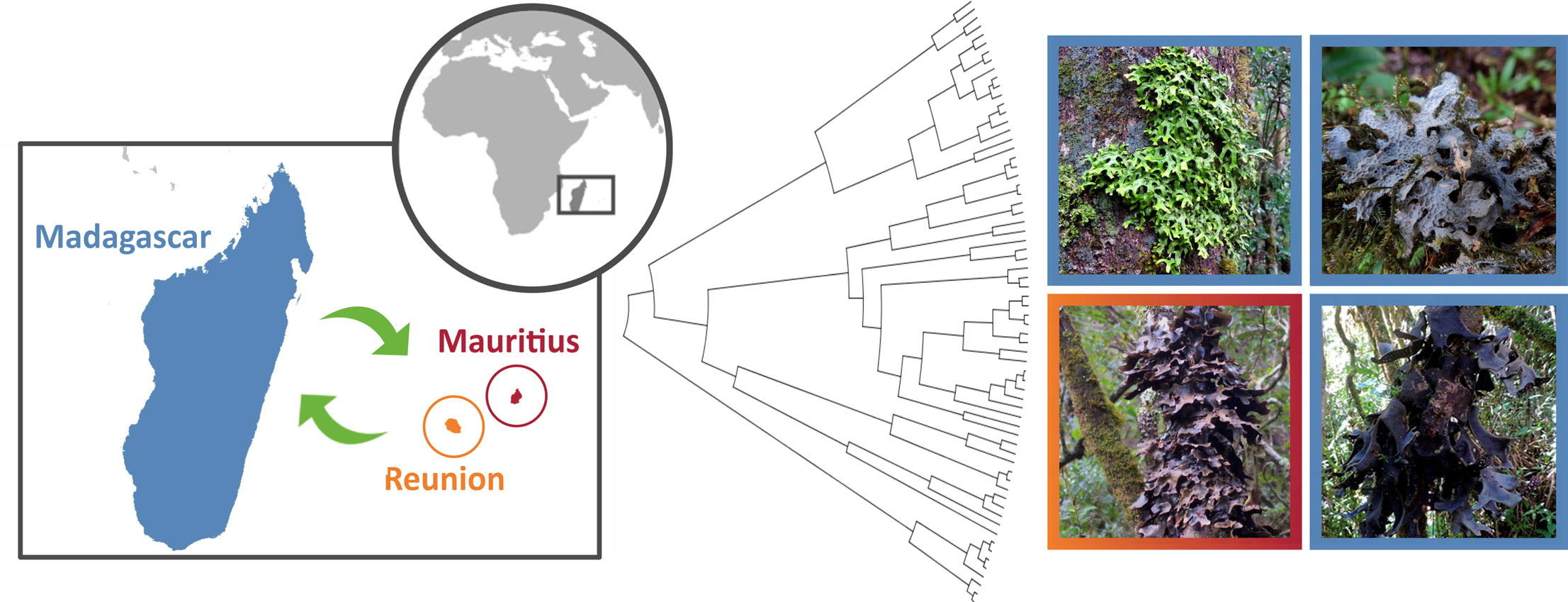 The diverse collection of living plants maintained in the greenhouses attracts students from across campus as featured in an article in UCONN today.
The diverse collection of living plants maintained in the greenhouses attracts students from across campus as featured in an article in UCONN today.
Month: February 2018
New publication on moss chemistry
EEB alum, Dr. Jessica Budke (now director of the herbarium at the University of Tennessee) pursued her work on the cuticle in mosses, collaborating with colleagues at UBC to further our understanding of the chemistry of the cuticle. Following their paper in Phytochemistry, they also published a comparison with the cuticle of angiosperms. Vouchers are deposited in CONN herbarium.
Busta, L., J. M. Budke & R. Jetter. 2016. The moss Funaria hygrometrica has cuticular wax similar to vascular plants, with distinct composition on leafy gametophyte, calyptra and sporophyte capsule surfaces. Annals of botany 118: 511–522. pdf
Abstract reads:
Background and Aims. Aerial surfaces of land plants are covered with a waxy cuticle to protect against water loss. The amount and composition of cuticular waxes on moss surfaces had rarely been investigated. Accordingly, the degree of similarity between moss and vascular plant waxes, and between maternal and offspring moss structure waxes is unknown. To resolve these issues, this study aimed at providing a comprehensive analysis of the waxes on the leafy gametophyte, gametophyte calyptra and sporophyte capsule of the moss Funaria hygrometrica.
Methods. Waxes were extracted from the surfaces of leafy gametophytes, gametophyte calyptrae and sporophyte capsules, separated by gas chromatography, identified qualitatively with mass spectrometry, and quantified with flame ionization detection. Diagnostic mass spectral peaks were used to determine the isomer composition of wax esters.
Key Results. The surfaces of the leafy gametophyte, calyptra and sporophyte capsule of F. hygrometrica were covered with 094, 20 and 044 lg cm–2 wax, respectively. While each wax mixture was composed of mainly fatty acid alkyl esters, the waxes from maternal and offspring structures had unique compositional markers. b-Hydroxy fatty acid alkyl esters were limited to the leafy gametophyte and calyptra, while alkanes, aldehydes and diol esters were restricted to the sporophyte capsule. Ubiquitous fatty acids, alcohols, fatty acid alkyl esters, aldehydes and al- kanes were all found on at least one surface.
Conclusions. This is the first study to determine wax coverage (lg cm–2) on a moss surface, enabling direct com- parisons with vascular plants, which were shown to have an equal amount or more wax than F. hygrometrica. Wax ester biosynthesis is of particular importance in this species, and the ester-forming enzyme(s) in different parts of the moss may have different substrate preferences. Furthermore, the alkane-forming wax biosynthesis pathway, found widely in vascular plants, is active in the sporophyte capsule, but not in the leafy gametophyte or calyptra. Overall, wax composition and coverage on F. hygrometrica were similar to those reported for some vascular plant species, suggesting that the underlying biosynthetic processes in plants of both lineages were inherited from a com- mon ancestor.
New publication on plants

Mitchell N., J.E. Carlson & K.E. Holsinger. 2018. Correlated evolution between climate and suites of traits along a fast-slow continuum in the radiation of Protea. Ecology and Evolution 8: 1853–1866. pdf (open access)
New publication on tapeworms
 Caira J.N., K. Jensen & C.A. Fyler. 2018. A new genus of tapeworm (Cestoda: Onchoproteocephalidea) from sawfish (Elasmobranchii: Pristidae). Journal of Parasitology 104: 133–144 pdf
Caira J.N., K. Jensen & C.A. Fyler. 2018. A new genus of tapeworm (Cestoda: Onchoproteocephalidea) from sawfish (Elasmobranchii: Pristidae). Journal of Parasitology 104: 133–144 pdf
Abstract reads: Collections from the dwarf sawfish, Pristis clavata, near Darwin, Australia in 1997 led to the discovery of the new onchoproteocephalidean genus Matticestus n. gen.—a taxon that has been referred to in molecular phylogenetic analyses in which it has been included as “New genus 8.” Its type species, Matticestus anneae n. gen., n. sp., and a second species, Matticestus kathleenae n. sp. are described. Placement of this taxon in the Onchoproteocephalidea is supported morphologically in that both species bear a scolex with 4 bothridia each with a pair of bipronged hooks and spinitriches that extend throughout the length of the body. Sequence data for the D1-D3 region of the 28S rDNA gene also place the genus solidly among the other elasmobranch-hosted members of the order. The new genus differs from the other elasmobranch-hosted genera in the order in its possession of a combination of biloculated bothridia with lateral lappets on the posterior margin of the anterior loculus and a pair of bipronged hooks with a distinctive configuration of tubercles and internal channels. Its members are also extremely small. In summary, Matticestus n. gen. is an unusually tiny, “spiny,” genus of cestode that appears to exclusively parasitize sawfish of the genus Pristis.
New publication on lichens
Starting with a few species names for populations of Sticta (lichenized fungi) in Madagascar, Simon et al., reveal based on phylogenetic inferences from DNA sequences that the diversity of Sticta actually reaches beyond 30 species, most of which are endemic to Madagascar and Mascarenes and some even only known from individual mountains! This diversity is the result of a fairly recent rapid radiation. Specimens of this newly discovered diversity, collected by Sérusiaux and Goffinet in 2014, will be deposited in the CONN herbarium.
Simon A., B. Goffinet, N. Magain & E. Sérusiaux. 2018. High diversity, high insular endemism and recent origin in the lichen genus Sticta (lichenized Ascomycota, Peltigerales) in Madagascar and the Mascarene archipelago. Molecular Phylogenetics and Evolution 122: 15–28. pdf

Abstract reads: Lichen biodiversity and its generative evolutionary processes are practically unknown in the MIOI1 biodiversity hotspot (including Madagascar and the neighboring Mascarene archipelago, formed by Mauritius, Réunion and Rodrigues). We sought to test the hypothesis that lichenized fungi in this region have undergone a rapid radiation, following a single colonization event, giving rise to narrow endemics, as is characteristic of other lineages of plants. We extensively sampled specimens of the lichen genus Sticta in the Mascarene archipelago (mainly Réunion) and in Madagascar, mainly in the northern range (Amber Mt and Marojejy Mt) and produced the fungal ITS barcode sequence for 148 thalli. We further produced a four-loci data matrix for 68 of them, representing the diversity and geographical distribution of ITS haplotypes. We reconstructed the phylogenetic relationships within this group, established species boundaries with morphological context, and estimated the date of the most recent common ancestor. Our inferences resolve a robust clade comprising 31 endemic species of Sticta that arose from the diversification following a single recent (c. 11 Mya) colonization event. All but three species have a very restricted range, endemic to either the Mascarene archipelago or a single massif in Madagascar. The first genus of lichens to be studied with molecular data in this region underwent a recent radiation, exhibits micro-endemism, and thus exemplifies the biodiversity characteristics found in other taxa in Madagascar and the Mascarenes.